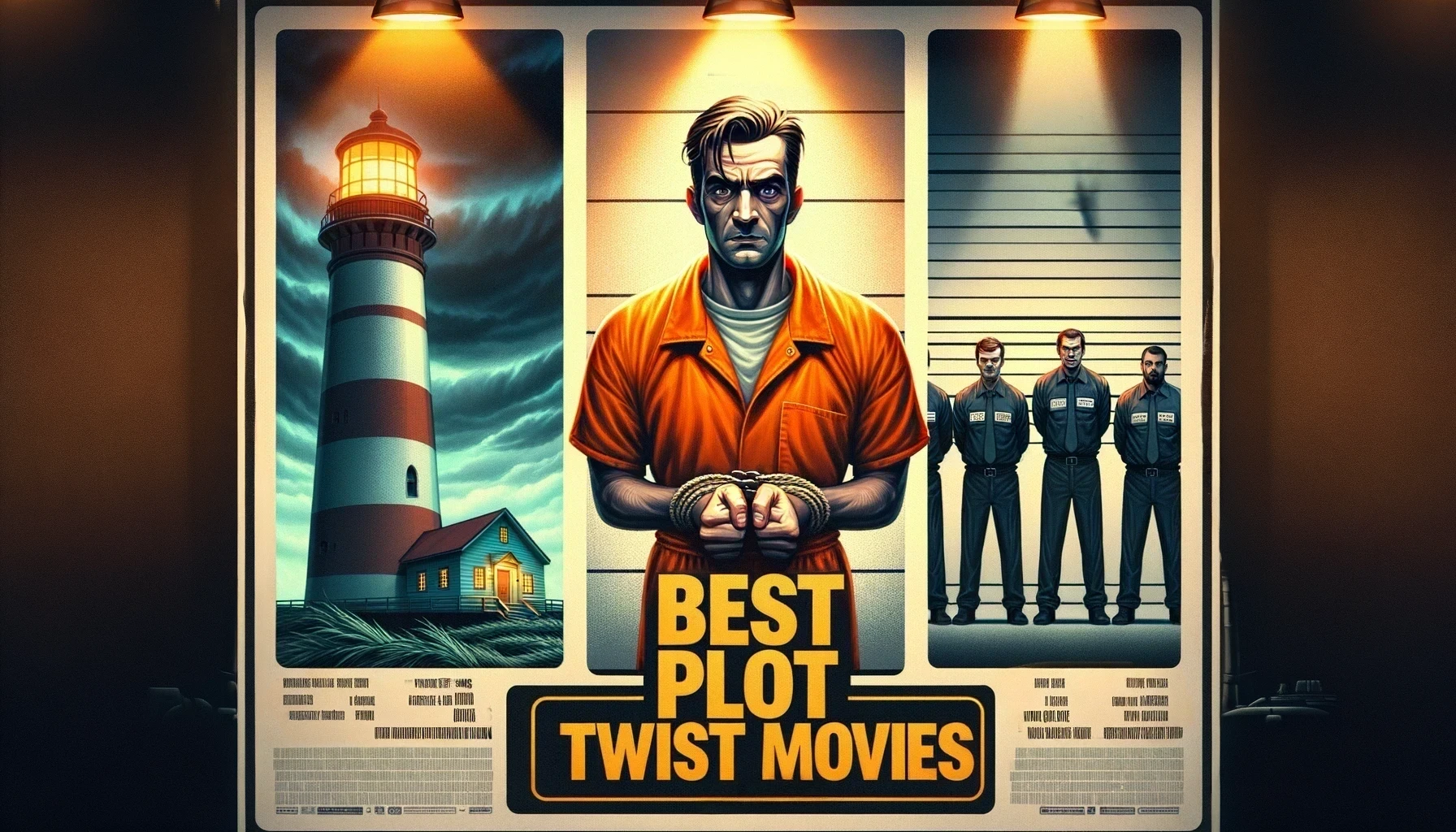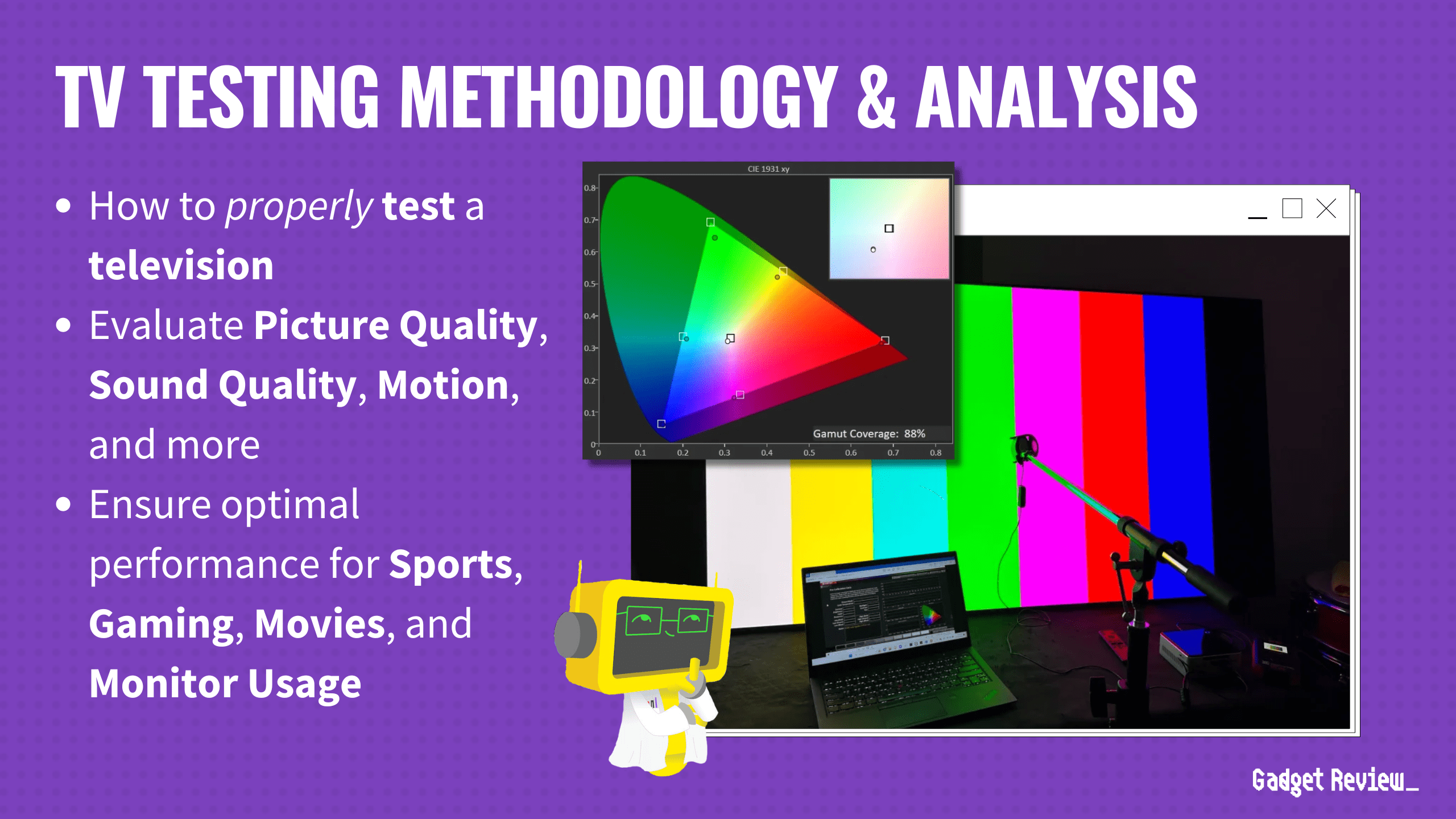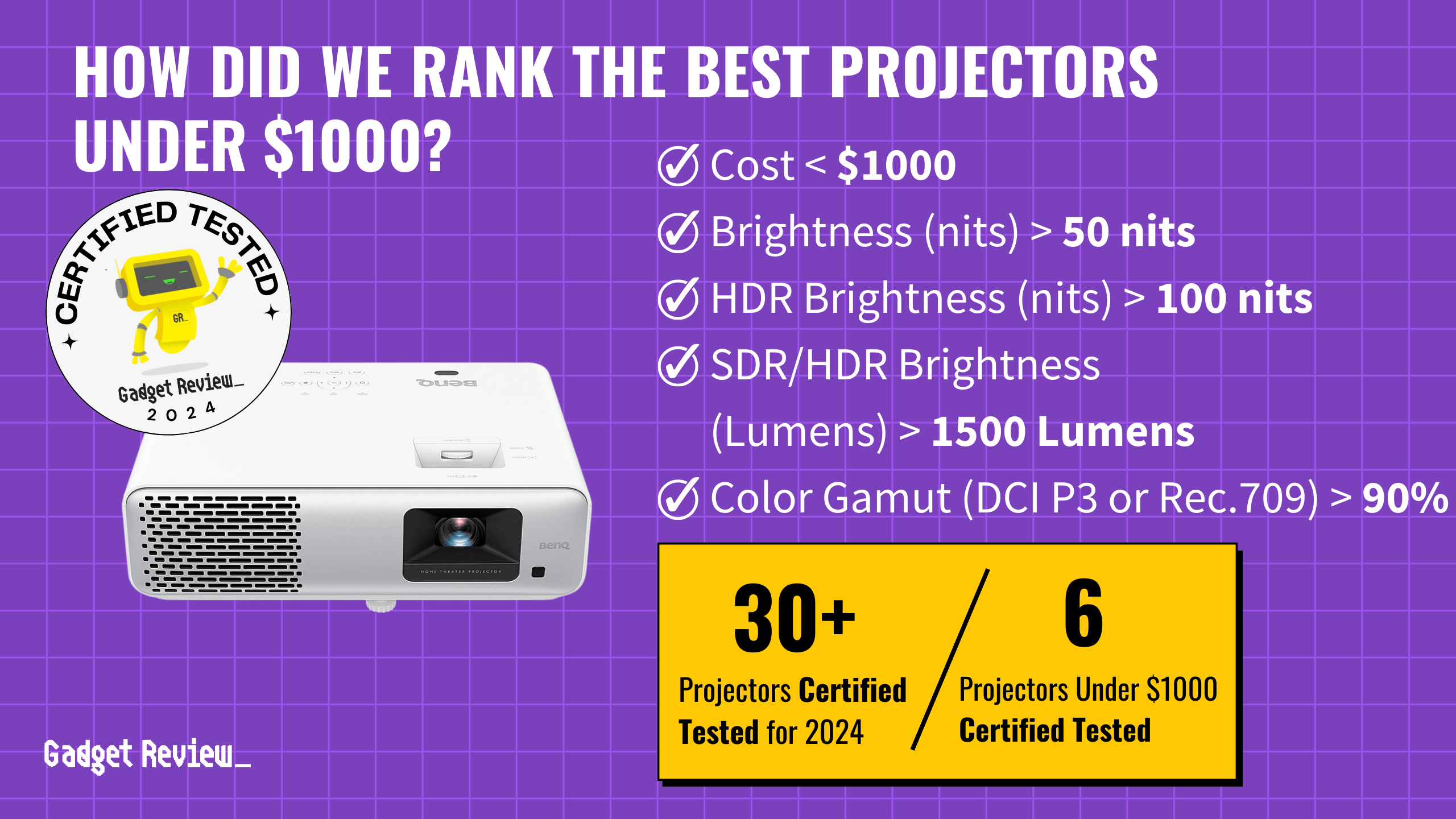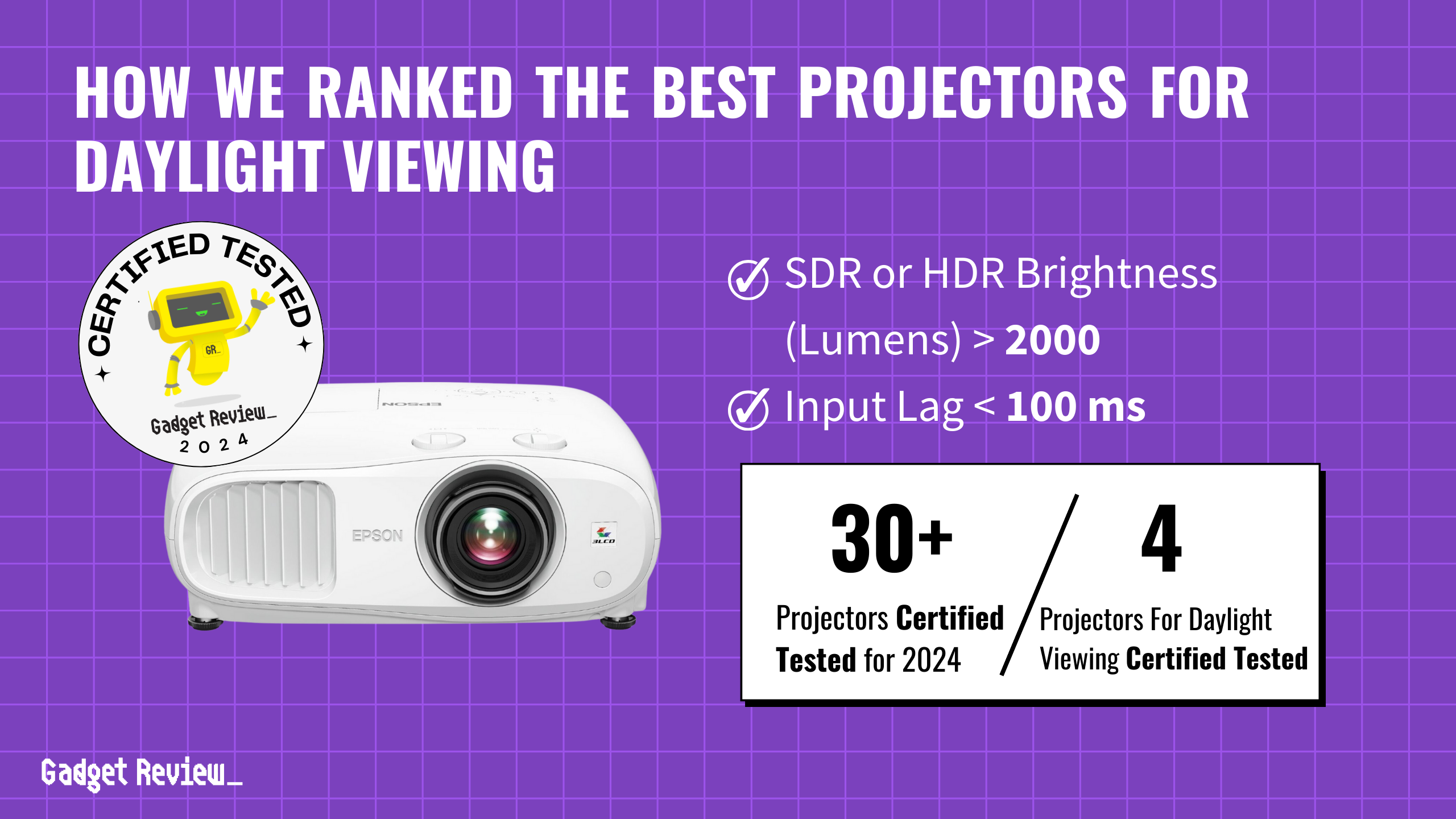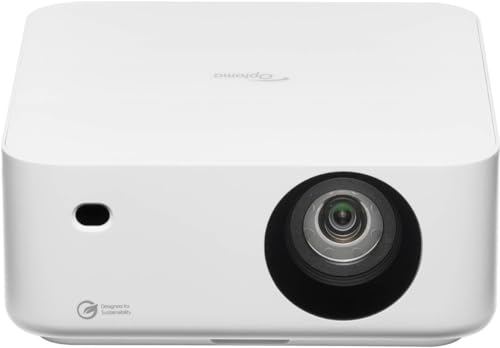To help you get the best drones for your needs, we compiled a list of the seven top models on the market today. After six weeks of controlled research, we narrowed down our choices according to user-friendly controls, the durability of design and materials, stability, flight time, camera quality, and battery life.
We eventually chose the SNAPTAIN S5C as our best drone because it just outperformed the rest in terms of operation, responsiveness, and raw power. Read on to find out more about our top seven picks.
Top 7 Best Drones
#1 SNAPTAIN S5C Drone
We’re sorry, this product is temporarily out of stock
Award: TOP PICK
WHY WE LIKE IT: Incredibly responsive and virtually indestructible, this drone is perfect for beginners and experienced flyers alike. It combines smart technology and integrative user interfaces to fly, hover, and operate exactly as you need it to.
- Best budget
- Multiple intuitive controls
- Exceptionally durable
- Slightly average battery life
What we appreciate most about this SNAPTAIN model is how it’s taken all the intimidation out of operating a drone. It utilizes one-key operations for basic commands: start, take off, and land. Anything more complex can be done using voice commands or gestures via the Snaptain Era App (available for both Apple and Android). The drone itself is highly responsive once synced up with the app, so there aren’t any delays when giving directions.
The SNAPTAIN’s high-quality ABS construction and anti-collision protection add to its durability. We also enjoyed its Altitude-Hold Function—great for steady aerial shooting—and 3D flips. Photos and videos are shot in stunning 720p resolution. Overall, a great drone that seamlessly combines fun and functionality in one high-quality package.
#2 Holy Stone HS700D Drone
Award: HONORABLE MENTION
WHY WE LIKE IT: This drone features a 1500KV brushless motor that’s near-silent but exceptionally powerful. There isn’t any loud vibration on this drone, making it the best one to use in difficult terrain or nighttime operations.
- Powerful yet silent motor
- Automatically returns home
- Customizable flight path
- Not advisable for beginners
The Holy Stone HS700D is a highly premium drone with a powerful brushless 1500KV motor that’s near silent when launched. It also features a modular battery that manages roughly 20 to 30 minutes of flight and quick-release propellers for efficient storage and setup.
Its software and systems are also quite the treat for drone enthusiasts: a GPS Follow Me feature for hands-free aerial shots, automated Return to Take-off Point during a power or connection loss, and an easy Custom Flight Path option via the app—just to name a few. The 2K FHD camera is also quite impressive for its price point: adjustable up to 90 degrees with a 110-degree FOV lens and 5G-transmitting capabilities. You can even transmit your live videos up to 790m away from origin.
#3 Potensic T25 Drone
Award: BEST STABILITY
WHY WE LIKE IT: T25’s 1080p HD and adjustable angles make this the best cheap drone for photography. It comes with a dual GPS and 9-axis gyro that help it stay as steady as possible even when buffeted by substantial wind speeds.
- Great for photography on a budget
- Steady despite strong winds
- Allows for indoor flying
- Short battery life
For people interested in learning how to fly a drone, the Potensic T25 is a solid choice. It has a simple setup, straightforward operations, and intuitive controls so you can adjust it as needed. Another reason we highly recommend it for beginners is that it’s operational indoors.
This drone is also capable of adjusting camera angles up to 75 degrees with its 120-degree FOV lens, giving you more diversity to your photos/videos. And with its 9-axis gyro for maximum stability, this drone can easily fly, turn, and hover in tight spaces. #4
Ruko F11 Pro Drone
Award: BEST FLIGHT TIME
WHY WE LIKE IT: This drone boasts an incredible 2500mAh intelligent battery that’s capable of 30 minutes of flight. Combined with its additional battery, it can give you a full hour of uninterrupted operation.
- Best quality
- Intelligent battery for long flights
- 4K ultra HD camera
- Slightly noisy motor
Aside from its 4K camera, the Ruko F11 Pro also comes with a 2500mAh intelligent battery that can keep it flying for up to 60 minutes. It’s also capable of transmitting live video from up to 500m away from the origin. These features make this drone perfect for surveillance, monitoring, or casual aerial exploration.
The F11 Pro also has simple commands that take the guesswork out of drone operation. Functions like Auto Return, One Key Take Off/Landing, and Tap to Fly make it possible to operate right out of the box. This model even features a level 7 wind resistance for stabler flights and a convenient carrying case.
#5 DJI Mavic Mini Drone
Award: MOST COMPACT
WHY WE LIKE IT: This pick’s 3-axis gimbal makes it the best drone for photography. It functions like a high-performance model despite being a fraction of its size, and its stability is superb for something so lightweight.
- Best for photography
- Compact yet powerful
- Very beginner-friendly
- No collision avoidance sensors
The DJI Mavic Mini only measures 6.3” in length and weighs less than 250g, yet it has powerful features. Under perfect weather conditions, it can reach around 30 minutes of flight time. Meanwhile, its built-in 3-axis motorized gimbal guarantees superior stability. The Mavic Mini’s design is both portable and foldable, with flight speeds reaching up to 29mph.
As for performance, it has a lot to offer. Picture quality is crisp, giving you 2.7K HD videos and 12MP photographs. Its operation is also straightforward thanks to the intuitive DJI Fly App. It even has a Flight Tutorial feature that can teach you how to use it quickly and safely, making the Mavic Mini a tough model to beat.
#6 Contixo F24 Drone
Award: BEST FOR TRAVEL
WHY WE LIKE IT: This drone’s easy-folding capabilities eliminate the need to uninstall and reinstall the propellers when packing it for travel. Its naturally compact design, additional battery, and carrying case further support its portability and ease-of-storage.
- Excellent folding design
- 16-point custom flight path
- Multiple shot options
- Lacks gimbal for extra stability
If you’re constantly bringing your drone on trips, you may want to consider the Contixo F24 as your new go-to model. Its selling point is its easy-folding capabilities, and we’re happy to report that it doesn’t disappoint. The F24 has the standard controls needed for intelligent flights: Auto Return, Follow Me, and One Key Take Off/Landing. This drone’s 2500mAh battery can give you at least 26 minutes of flight time.
Its 1080p 5G camera saves crisp, clear footage. It’s also motorized with a 120° FOV lens and a 90° Vertical Adjustment; perfect for taking shots from multiple perspectives and angles. Plus, its Contixo Drone app allows you to draw a pretty impressive custom path up to 16 points for the drone to follow.
#7 EACHINE E511S Drone
We’re sorry, this product is temporarily out of stock
Award: BEST DESIGN
WHY WE LIKE IT: A good, standard drone with all the expected features for a very affordable price. Its design is intuitive and user-friendly, making it the best drone for beginners.
- Best for beginners
- 1080p adjustable HD cam
- Impressive stability for price
- Average flight time
The EACHINE E511S is a pretty hefty package. Its three main modes—Follow Me, Orbit, and Waypoint—all perform as specified. The camera boasts 1080p quality with 120° FOV, producing decently crisp footage when flown in ideal weather.
As a beginner, you can fly the E511S right out of the box. Aside from the One-Key Takeoff/Landing, it also comes with an Emergency Stop button and a Low Battery Warning to keep your drone under control. Its Altitude-Hold feature, on the other hand, guarantees that this model can hover more steadily at particular heights. Overall, E511S is a very suitable option for first-time flyers.
Beginner’s Guide To Drones
Drones have come a long way in a short timeframe, as modern versions not only allow for autonomous flight but often include UHD video cameras. In other words, the drone industry has grown to accommodate both professionals and amateurs, with some models exclusively made for children. There is a drone out there for every consumer, no matter your personal aviation needs.
What Exactly Is A Drone?
Simply put, a drone is a flying robot that responds to external remote control, smartphone controls, or features an autonomous flying mechanism. Drones are often referred to as unmanned aerial vehicles (UAVs) or unpiloted aircraft. Modern drones, such as the DJI Mini or Mavic 3, are often equipped with cameras for aerial photography, and some include large batteries for more minutes of flight time.
STAT: Drones as a market are expected to grow by 2.89% year-over-year for the foreseeable future. (source)
What Purpose Do Drones Serve?
Drones are highly useful in a number of scenarios, first and foremost being simple leisure. Beyond that, modern drones like the Mavic 3 are often used for professional and amateur filmmaking, making deliveries, surveillance, journalism, search and rescue, disaster response, and more. Each community finds its own uses for a drone, be it a large drone or a cheap drone.
dID yOU kNOW?
When were drones made available for private and commercial use? You might be surprised to learn that you can trace the first use of drones as far back as the unmanned hot air balloons of the 1700s. However, it was in World War I that the first pilotless aircraft, Britain’s Aerial Target and America’s Kettering Bug, were developed. As drone technology advanced, drones remained strictly a military tool until 2006, when the FAA made it legal to fly them in U.S. civilian airspace, opening the market up to commercial and recreational users.
What Drones Need To Be Registered?
The vast majority of larger drones need to be registered with the Federal Aviation Authority (FAA), including the DJI Mini and Mavic 3. The only drones exempt from needing registration are those that are under 0.55 pounds and flown exclusively under the FAA’s Exception for Recreational Flyers.
Laws Concerning Drones In The US
Most laws pertaining to drones in the United States detail where they can and cannot be flown. Generally speaking, you cannot fly drones near large public gatherings, like stadiums, near airports, government buildings, military installations, national parks, and prisons. Additionally, they cannot be flown anywhere near emergency vehicles and manned aircraft. These regulations pertain to all drones, including the DJI Mini and the Mavic 3.
Choosing A Drone
No matter your tastes, there is likely a drone for you. As such, the selection process comes down to personal preference. Looking to shoot a professional-grade video with high image quality? Make sure the drone comes equipped with a UHD camera or can integrate with a third-party model. Also, considerations include maximum range, battery life, control options, weight, durability, and more. The various specs are constantly in flux as this is a rapidly advancing technology, so today’s high-end drone is tomorrow’s budget drone or affordable option.
Step 1. What Are You Using Your Drone For?
Before settling on a new drone, ask yourself what you plan on using it for. If you just want to race around the sky with friends and family, prioritize range and speed. If you want to capture some stunning aerial footage, prioritize the integrated camera, opting for a 1-inch sensor, and how easy it is to send footage to the cloud. You should also think about purchasing extra batteries.
Do You Want A Compact Drone For Travel?
If you find yourself traveling often, a compact or mini drone could be the best choice. Not only are these models lightweight and designed for maximum portability, they still boast powerful motors, varied flight modes, and plenty of other features. The battery life, however, can take a hit with these drones, so count on a reduced maximum flight time more in line with toy drones.
Do You Want A FPV Drone Or A GPS Drone?
There are two major views regarding in-flight drones and drone flying. FPV drones relay real-time first-person footage from an onboard camera, allowing for precise control around obstacles and hurdles. These are a great choice for a beginner drone. GPS drones, on the other hand, feeds location data to the smartphone or dedicated remote control device, which reduces precision but gives you an exact location in the case of an accident, making for one powerful drone.
Do You Want A High-End Camera On Your Drone?
Unfortunately, you can’t climb on your favorite drone and go for a ride. You can, however, equip it with a high-end camera to get a bird’s eye view of the action. Many modern drones, like the DJI Mini 2 and Mavic 3, come equipped with such a camera, but even those that do not can often integrate with third-party cameras with a larger sensor allowing for digital zoom and increased video quality.
STAT: The FAA reports that nearly 62% of all drones in the US are recreationally owned – that’s over 520,000. (source)
Step 2. Do You Want High-End Photography And Videography Features For Your Drone?
If you truly prioritize high-end photography and videography, pay attention to specs and opt for expensive models. Look for a camera that can shoot real-time video in at least 1080p, with 4K being an obvious enhancement. Another thing to consider with this type of drone is internal storage. Take a look at integrated hard drives and integration with SD cards, cloud storage, and the like.
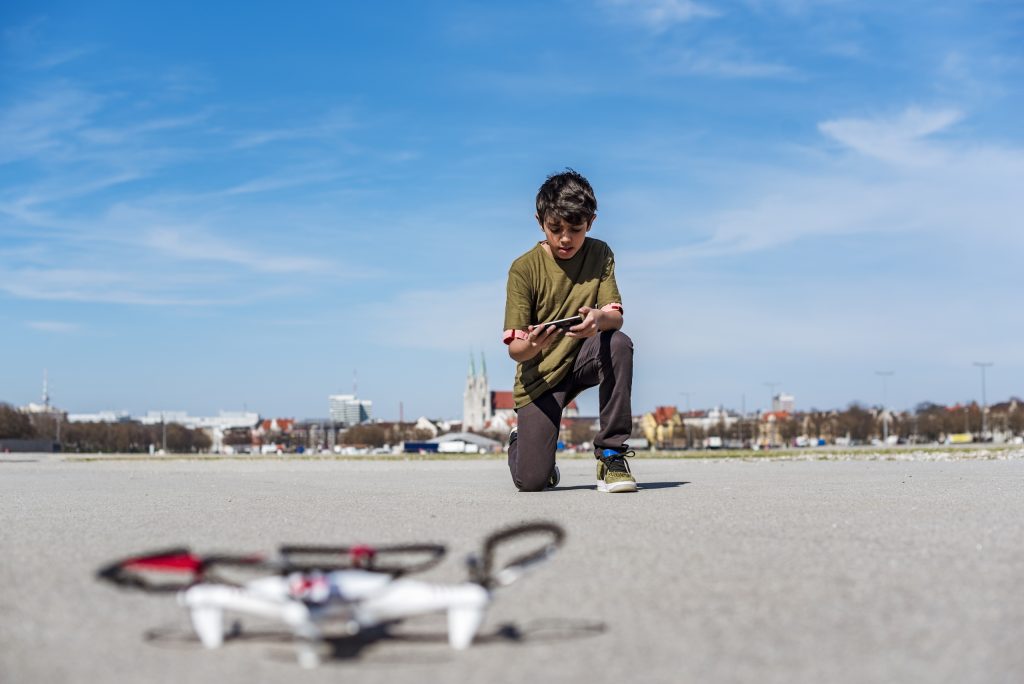
Step 3. What Kind Of Flight Time Do You Want Out Of Your Drone?
To maximize the flight time of any drone, such as the DJI Mini SE or Mini 2, take a look at the built-in lithium battery, the advertised maximum range, and the flying modes on offer. Some drones ship with two batteries, so you can swap out the depleted one to effectively double your flight time. However, drones are not known for hefty flight times, with even professional-grade models maxing out at 25 minutes or so.
Step 4. Does Your Drone Need To Be Registered Because Of Its Size?
In most cases, your drone has to be registered. There is a size omission here, but it is only for drones under 0.55 pounds, which make up only a small number of the most portable and toy-like drones out there. In all other cases, register your perfect drone with the FAA at the institution’s official web portal.
Step 5. What Other Features Should I Be Aware Of?
There are plenty of examples of advanced drone technology available to modern drone pilots, with more arriving all the time. New affordable drones often integrate with various smartphone apps for enhancing controls, and some integrate with smart assistants, allowing for voice controls. Others automatically return to the charging station when necessary to eliminate some headaches. Certain technologies are also finding their way to drones, such as thermal imaging, folding exteriors, and temperature sensors.
Step 6. How Much Should You Expect To Spend On A Drone?
The price largely depends on the feature set and what you will be using it for. For instance, entry-level camera drones cost $250 to $500, but professional camera drones cost up to $4,000 or more. Racing drones start at around $200 but, again, balloon up to $3,000 with advanced features and materials. Kid-friendly drones are the cheapest option, with many of these inexpensive drones costing at or around $100. If you are looking to save money, choose a drone for beginners.
Types of Drones
There are plenty of types of drones out there with different flight features to suit your individual needs. Small drones, otherwise known as nano drones, offer a budget-friendly and lightweight entrance into the market, and some avoid the FAA registration obligation. There are even indoor drones for certain applications, camera drones with an image sensor for aerial footage, racing drones with an enhanced flight range for high-speed antics, and drones designed for in-air tricks.
Drones By Size
- Small Drones
- Drones for Kids
- Drones Lighter than 250 grams
- Indoor Drones
- Nano Drones

Drones By Purpose
- Drones for Fishing
- Follow Me Drones
- Drones for GoPro
- Drones for Travelling
- Real Estate Photography Drones
- Underwater Drones
Drones By Feature
- Drones for Beginners
- Expensive Drones
- Quiet Drones
- Big Drones
- Longest Flying Drones
- Professional Drones
Top Drone Brands
There are plenty of renowned drone manufacturers out there, with more coming to the industry every day. As of this writing, some of the biggest players in the space include DJI, GoPro, Holy Stone, Skydio, Parrot, and more. There are also many lesser-known companies that still make quality drones, such as Yuneec, Kespry, and Autel Robotics. Some of the top drones include the Mavic Air 2S, the Mavic 2 Pro, the DJI Mavic Air 2, the DJI Mini 3 Pro, and more.
- DJI Drones
- GoPro Drones
- Holy Stone Drones
Comparing Different Popular Drones
- Comparing Skydio vs DJI
- Comparing DJI Mini 2 vs Mavic 2
- Comparing DJI Mavic Mini 2 vs Mini 1
Owning A Drone
Get ready for a whole lot of fun once you get your drone out of the box, charged, and ready to fly. The first thing you should do is head to the FAA’s web portal, pay the $5, and register your drone for flight. Next, charge it up, set up any affiliated software, and hit the sky. You should also look into purchasing a dedicated case or any type of protective gear or obstacle sensors to enhance the durability of the drone.
Setting Up Your Drone
Start by plugging the drone’s battery into a wall outlet to get it juiced up and ready to go. Next, download and install any official apps, remote control software, or any other type of software necessary to fly the drone. Read the instructions for more information here. Finally, get over to the Federal Aviation Authority’s official website and register the drone with the agency. As a note, buying spare batteries can save trouble in the long run.
Where Can I Legally Fly My Drone Anyway?
You can legally fly your drone in many locations, so the best way to go about this is to detail where you cannot fly your drone. First and foremost, you cannot fly anywhere near airports to protect their airspace. Additionally, you cannot fly near prisons, military installations, government buildings, sports stadiums, and national parks. This information changes rapidly, so stay up to date with local rules and regulations.
Maximum Altitude Most Drones Can Reach
Consumer drones typically max out at around 1,600 feet for safety considerations. Professional drones, on the other hand, are only limited by the increasing weight of gravity. Many military and professional drones can fly at a maximum altitude of 33,000 feet, which is over 10 kilometers high.
How Do I Register My Drone?
Registering your drone can be done by mail, but the fastest way is through the FAA’s dedicated web portal. Simply head to the web address, input all the necessary information regarding you and your drone, pay the registration fee ($5), and await certification.
- What Are The Consequences For Not Registering My Drone? – If you don’t register your drone, you could be arrested while flying it or be levied a stiff fee. The FAA takes this stuff seriously, so avoid these nasty consequences by registering your drones above 0.55 pounds with the agency.
STAT: You have to be at least 16 to get a drone license in the United States – but only for commercial use. If you’re successful, you’ll join over 260,000 certified remote operators. Remember to check local and state restrictions, as these restrictions are only at the federal level and can be stricter in some states. (source)
Constructing Your Own Drone
If you have access to a 3D printer and you happen to have plenty of expertise with electrical components, such as motors and batteries, you can design and construct your own drone. There are plenty of schematics available online but, as a note, you’ll have to purchase some components that cannot be manufactured with a 3D printer, such as the motor and battery.
Useful Tips For Flying Drones
The biggest thing to remember when flying a drone is to go slowly. Many drones can survive a fall or two, but not constant agitation. Read the instructions and keep the drone within eyesight for the best results. Also, keep the drone charged so it won’t run out of juice during a flight. Take care with your drone to avoid an expensive accident.
Standard Maintenance For Your Drone
The many moving parts of a drone means that drones do require some light maintenance. Keep the various components clean and avoid too much moisture during this cleaning process. Also, make sure the battery is sufficiently charged and avoid allowing this battery to fully deplete (if possible.)
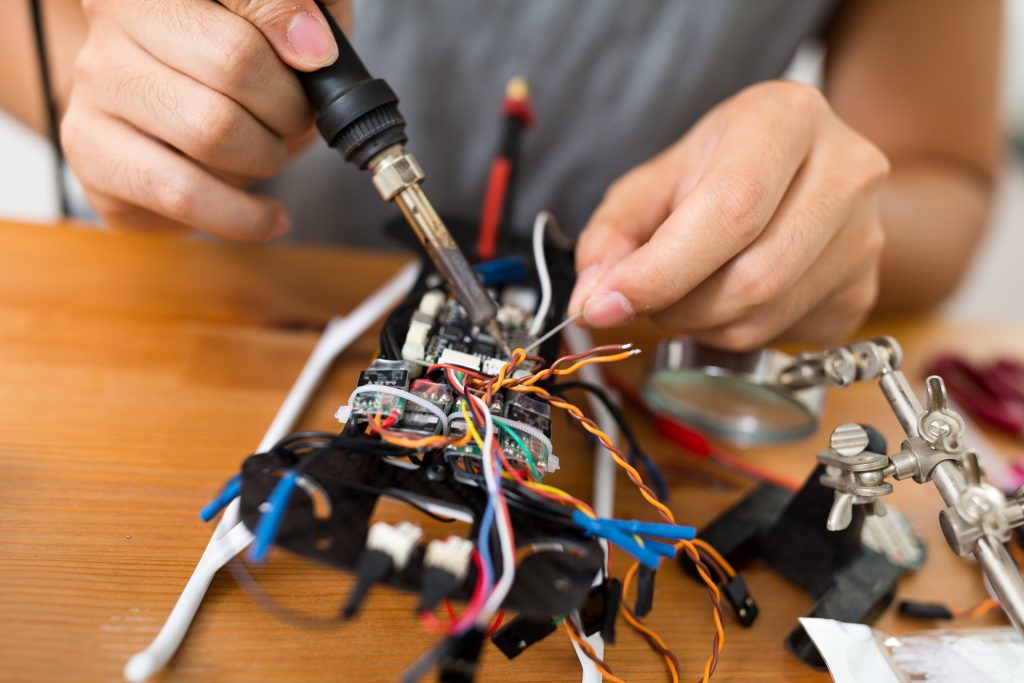
Repairing Your Drone
There are some DIY-friendly repair tasks for drone enthusiasts, but these depend entirely on the make and model of the drone and the issue at hand. In most cases, take your drone to a registered repair person to ensure a swift and efficient repair process, especially if you’re unsure about things like how to fix a drone gimbal. If you have recently purchased the drone, it is likely the repairs will still fall under the manufacturer’s warranty.
Top Tips For Doing Photography With Your Drone
Drone photography is one of the most alluring aspects of owning one of these gadgets. Make the most of it by checking the UAV weather forecast before starting and experimenting with aspect ratios to get used to the camera. You should also consider shooting in RAW format for greater detail and taking advantage of any photo-enhancing features, like auto-exposure bracketing and panoramic capabilities.
Calibrating Your Drone
Calibrating your drone is extremely important to ensure successful flights and minimize accidental crashes. This calibration process does, however, differ depending on the drone’s make and model, so check the instructions and follow them to the letter.
Best Practices For Filming With A Drone
If you really want to capture stunning aerial footage, there are some tips to consider. First of all, become familiar with the various mechanisms of both the drone and camera, including gimbal sensitivity and any filter settings. While flying, opt for simple angles to ensure easily digestible footage, and don’t be afraid to try different camera settings to get the exact shots you are looking for.
dID yOU kNOW?
What Speed Can Drones Reach? The FAA limits drones to a maximum speed of 100 mph, but most commercial and recreational drones are not capable of reaching this speed. On an individual basis, maximum speed varies depending on the model. Racing drones can reach speeds over 70 mph, while most commercial drones top out at 50 mph. Of course, other factors, such as wind direction, wind speed, and whether the drone is carrying any cargo, also impact how fast a drone can go.
Tips For Racing With Your Drone
Practice and preparation are key here. Race your drones at home before engaging in a professional race and always bring a list of essentials with you to the event, including chairs, extension cords, tools, spare components, and whatever else you need. Racing is fun but err on the side of safety to protect your drone’s exterior and interior components.
















